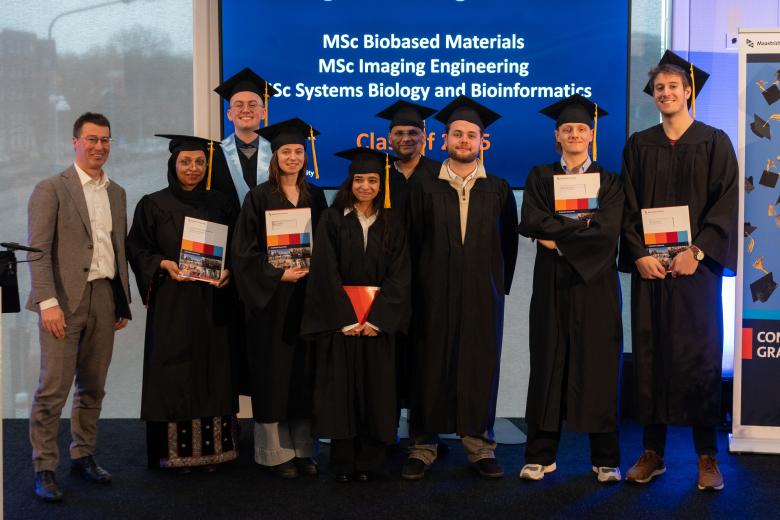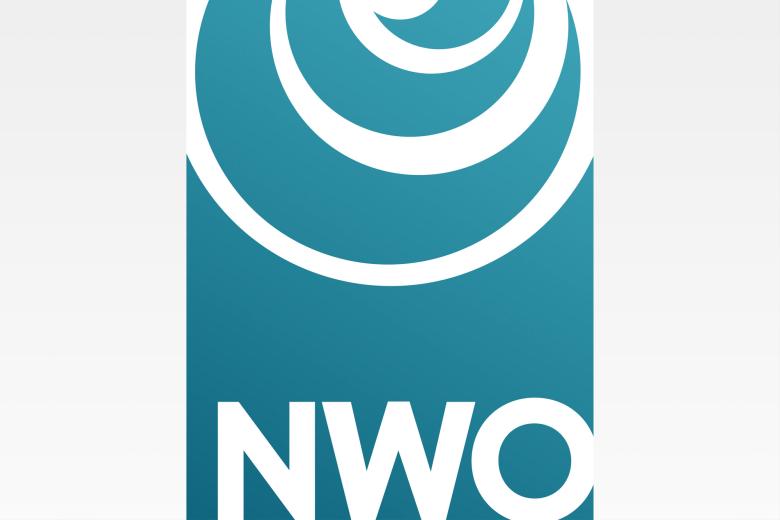UM to play a more prominent role in Dutch scientific infrastructure
Eleven research consortia from different fields are launching projects of great value not only to science but also to the economic and social prosperity of the Netherlands. The Ministry of Education, Culture and Science (OCW) and the Dutch Research Council (NWO) are together contributing €197 million to these projects. They fall under the auspices of the National Roadmap for Large-Scale Research Facilities, which provides for the construction or upgrading of essential research facilities. Scientists from Maastricht University are closely involved in seven of the eleven projects; for two of them, UM is the lead applicant.
Bio Beyond_NL
The M4I in Maastricht focuses on the development and use of cutting-edge scientific instruments, such as mass spectrometers and ultra-high-resolution microscopes. This research institute is set to take part in two of the eleven projects. One of these is the Bio Beyond_NL consortium led by Ron Heeren, UM professor of Molecular Imaging. This consortium also includes the LUMC in Leiden, Radboudumc in Nijmegen and Utrecht University.
Bio Beyond_NL is working on a large-scale national infrastructure in which the instruments in Maastricht will play a crucial role. These allow researchers to study biological processes inside cells that until now have been out of reach. The aim is to understand the structure, function and dynamics of complex biomolecules. Such processes are fundamental to health and disease in individual people, but also to animal, microbial and plant biology.
“It’s essential that Dutch scientists have the means to tackle new challenges in the life sciences—challenges that go beyond the genetic code and map the true complexity of life,” says Heeren. “That’s what we’ll be working on over the next 10 years, together with the entire BioBeyond_NL team. The new grants spanning imaging and analytical techniques will reinforce the distinctive, practice-oriented and translational nature of our interdisciplinary research at UM. They also make the Brightlands campuses an even bigger drawcard for students and researchers.”
Sugars and proteins
The focus in BioBeyond_NL is on how sugars affect proteins, explains Utrecht professor Albert Heck. “When sugar molecules bind to proteins, we call that glycosylation. Glycosylation has a major impact on how proteins function. But compared with our understanding of human DNA or proteins, our grasp of protein glycosylation is still in its infancy, mainly because we lack the technologies to study it at scale. BioBeyond_NL will change that.”
A deeper understanding of protein glycosylation will provide insight into disease processes and help improve medicines. “Therapeutic drugs such as antibodies, now widely used for diseases like cancer and rheumatoid arthritis, are glycosylated,” Heck says. “And the specific glycosylation of human receptors—proteins on the outside of cells—is what prevents avian flu from jumping from birds to humans, at least for the time being. These are just two examples of how important protein glycosylation is.”
Text: Mark van der Linde (UM) and Niels Kerstes (UU)
Photo: Harry Heuts
UM closely involved in six other National Roadmap projects
EMPower: a national infrastructure to unlock the secrets of life at the molecular level
Understanding and designing molecular structures is essential for innovation in science and technology. Electron microscopy (EM) creates high-resolution images of biological samples, making molecules visible at the atomic level and allowing 3D visualisation within cells and organs.
AMICE: Advanced Multimodal Imaging CEntres
Imaging techniques let us look inside the body to understand how life develops , how a healthy body functions and how diseases arise and progress. This requires specialist equipment and expertise. Led by the Erasmus MC in Rotterdam, the AMICE project is developing a national infrastructure for new and improved imaging techniques.
BioMotive: imaging the biomechanics of the body in motion
The current state of medical imaging allows the human body to be visualised only in a static, horizontal position. This does not reflect the forces and functions involved in everyday activities, such as standing or moving. Coordinated by UMC Utrecht, the BioMotive project is developing an advanced MRI system that can scan the body upright and in motion, enabling scientists to see how muscles, bones and the heart behave under exertion.
EBRAINS-Neurotech: an assembly line for brain technology
In 2023 UNESCO declared that we stand on the threshold of a new revolution: neurotechnology. This emerging field focuses on the development of devices that interact with the brain to read signals and/or influence brain activity. Neurotechnology offers innovative ways to understand the brain and treat brain disorders.
FASTTRACK: ultrafast imaging of particle collisions in the Large Hadron Collider
To solve the fundamental mysteries of physics, we need to know more about how the smallest particles shape our universe through fundamental interactions. This can be done by studying collisions between such particles at the LHC, the European particle accelerator at CERN in Switzerland.
NCC: the Netherlands Cohort Consortium for medical data
The Netherlands Cohort Consortium brings together health data from just under half a million Dutch people. Combining data enables scientists to conduct cutting-edge research into the causes of chronic diseases, such as diabetes, cardiovascular disease, dementia and depression.
Also read
-
Ron Heeren appointed fellow of the Netherlands Academy of Engineering
Professor Ron Heeren, distinguished university professor at Maastricht University (UM) and director of the Maastricht MultiModal Molecular Imaging Institute (M4i), was appointed as a fellow of the Netherlands Academy of Engineering (NAE) on Thursday 11 December.
-
Dutch Research Council rewards three Maastricht research proposals
The Dutch Research Council (NOW) has decided that within the so-called ENW Open competition XS research programme, 28 projects will receive funding. Three of those projects are headed by a UM scientist.
-
Cross-border research centre to enhance understanding of the microbiome
Scientists based in the border area of the Netherlands, Belgium and Germany will work together to gain more insight into the functioning of the microbiome: the trillions of bacteria, viruses, fungi and other microbes that live in and on our bodies. To this end, the researchers are today launching the...